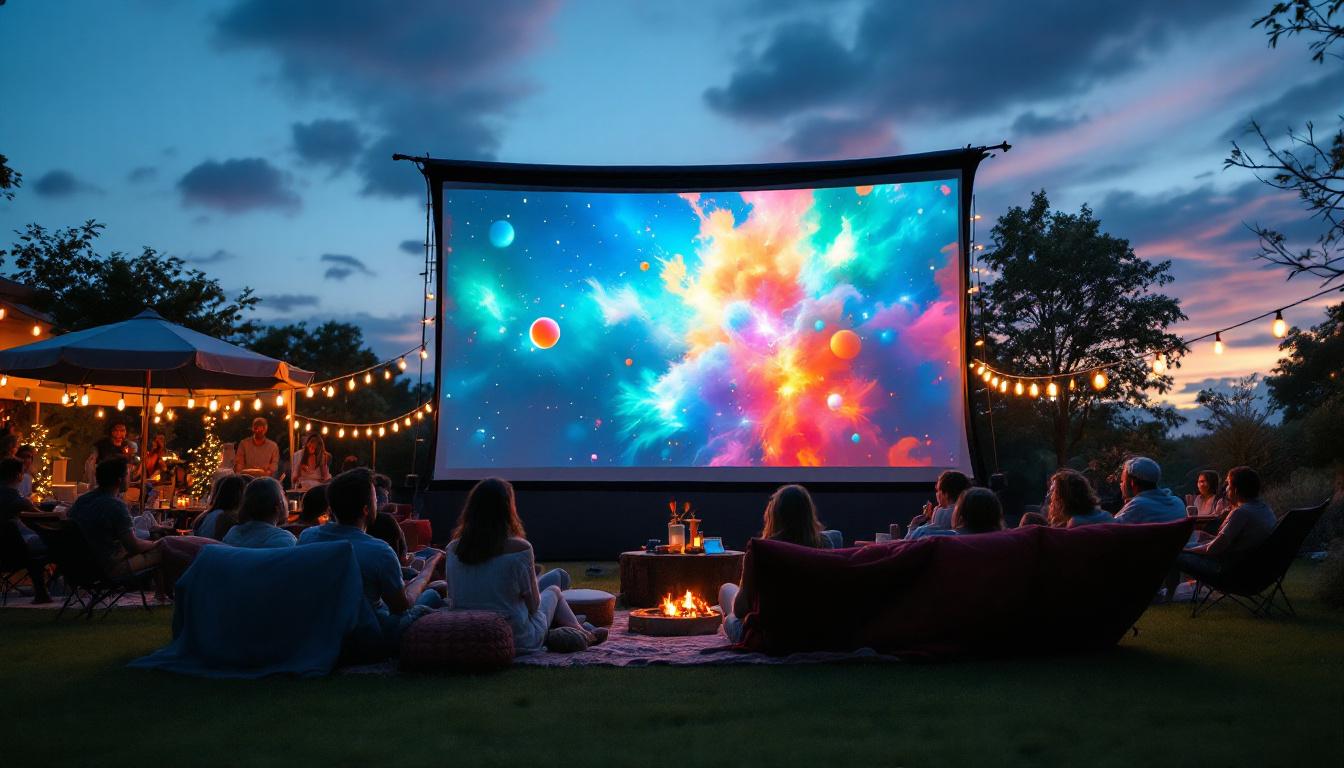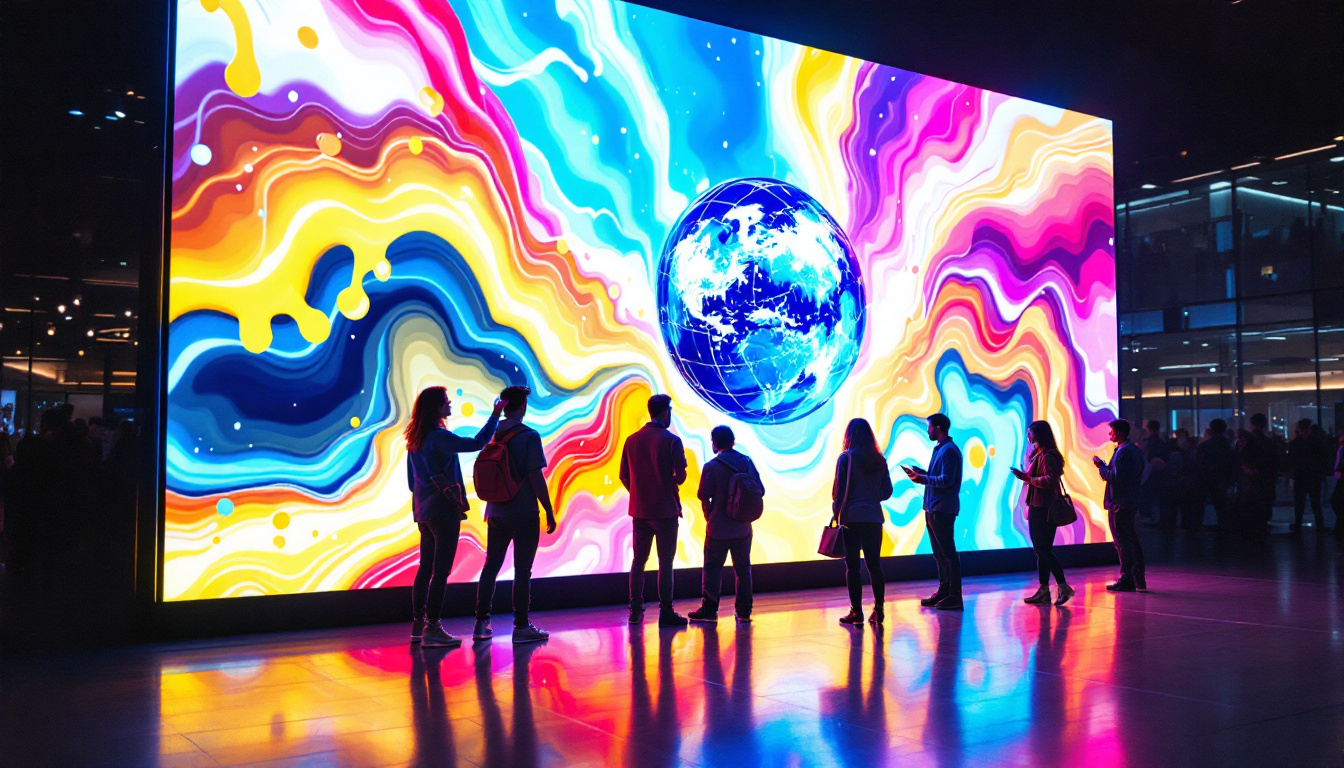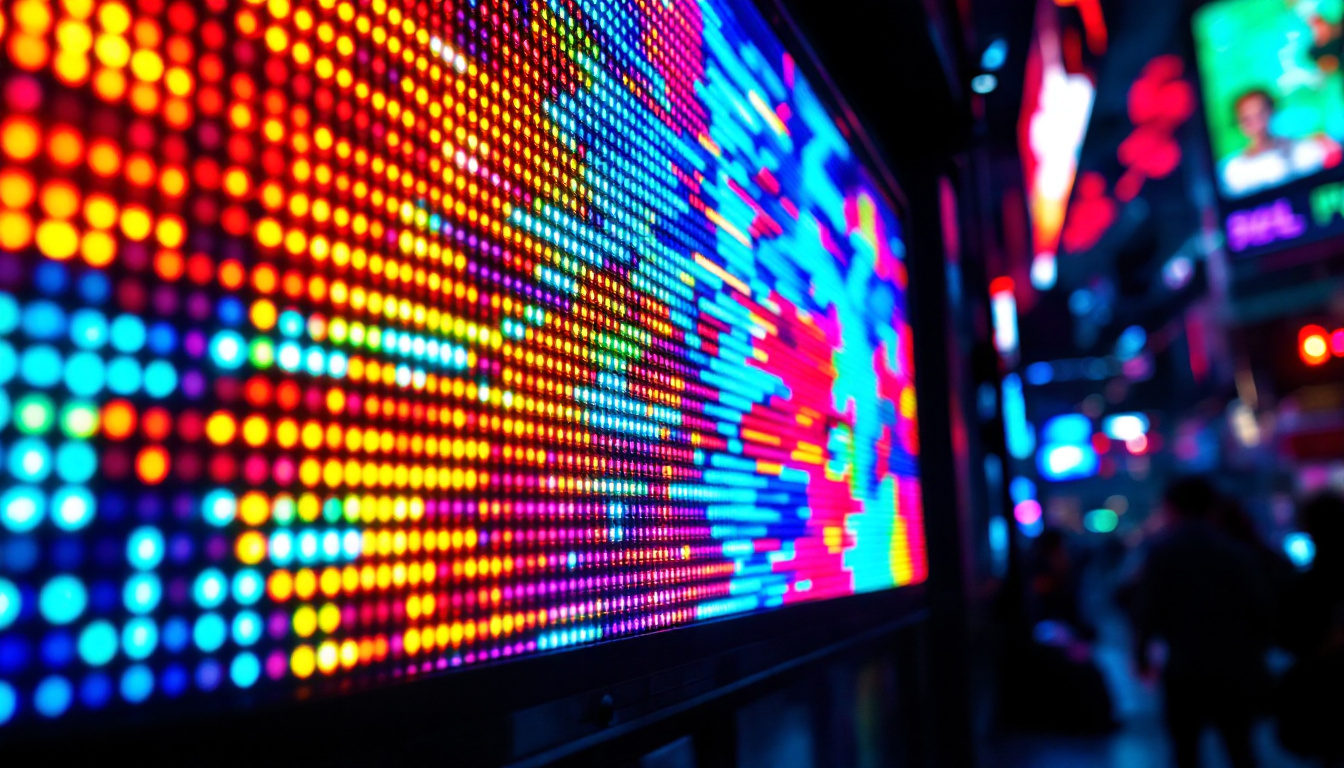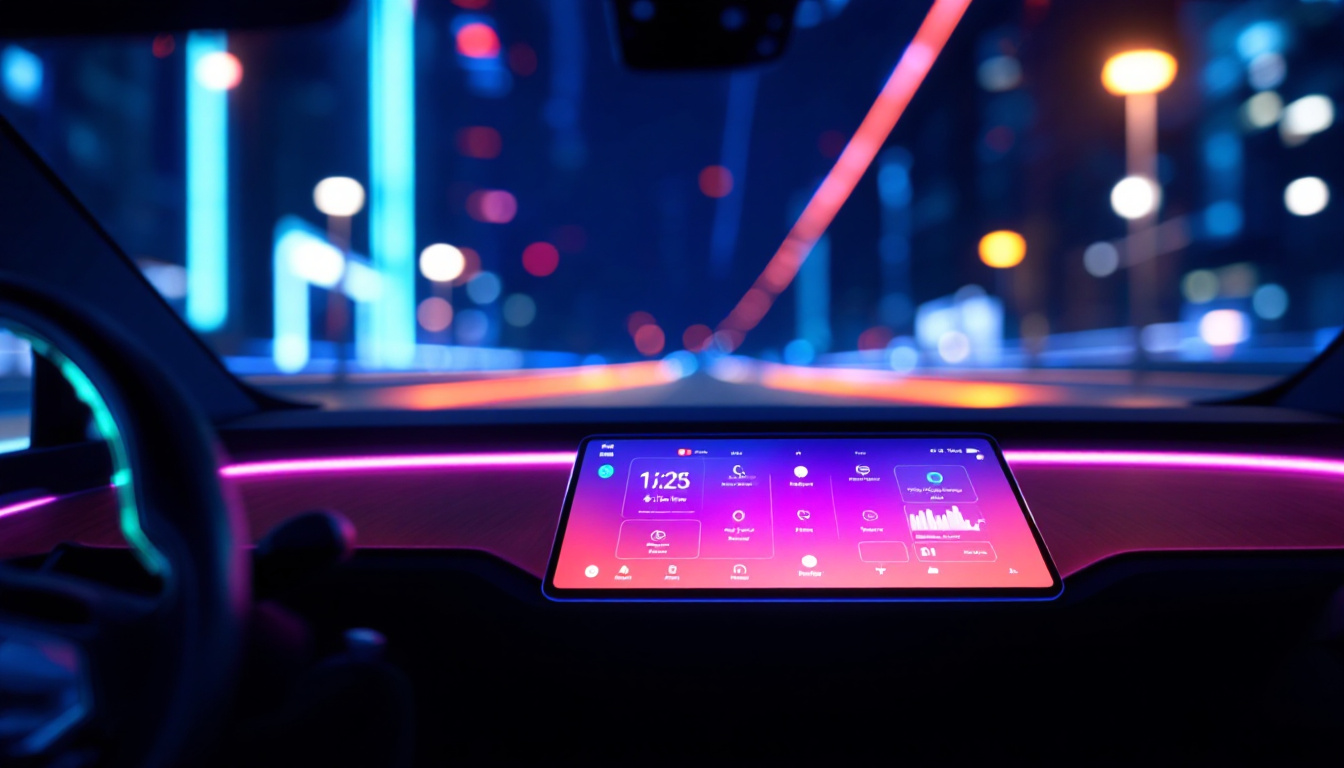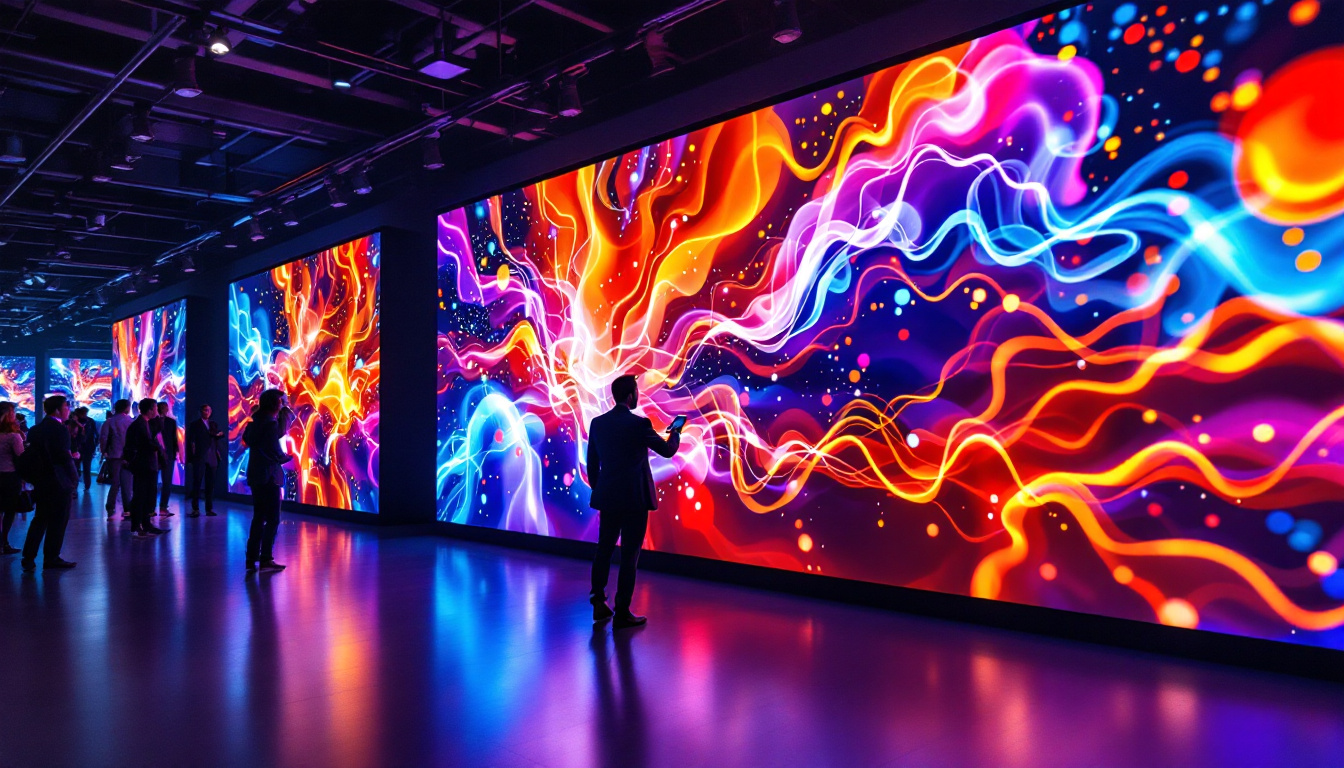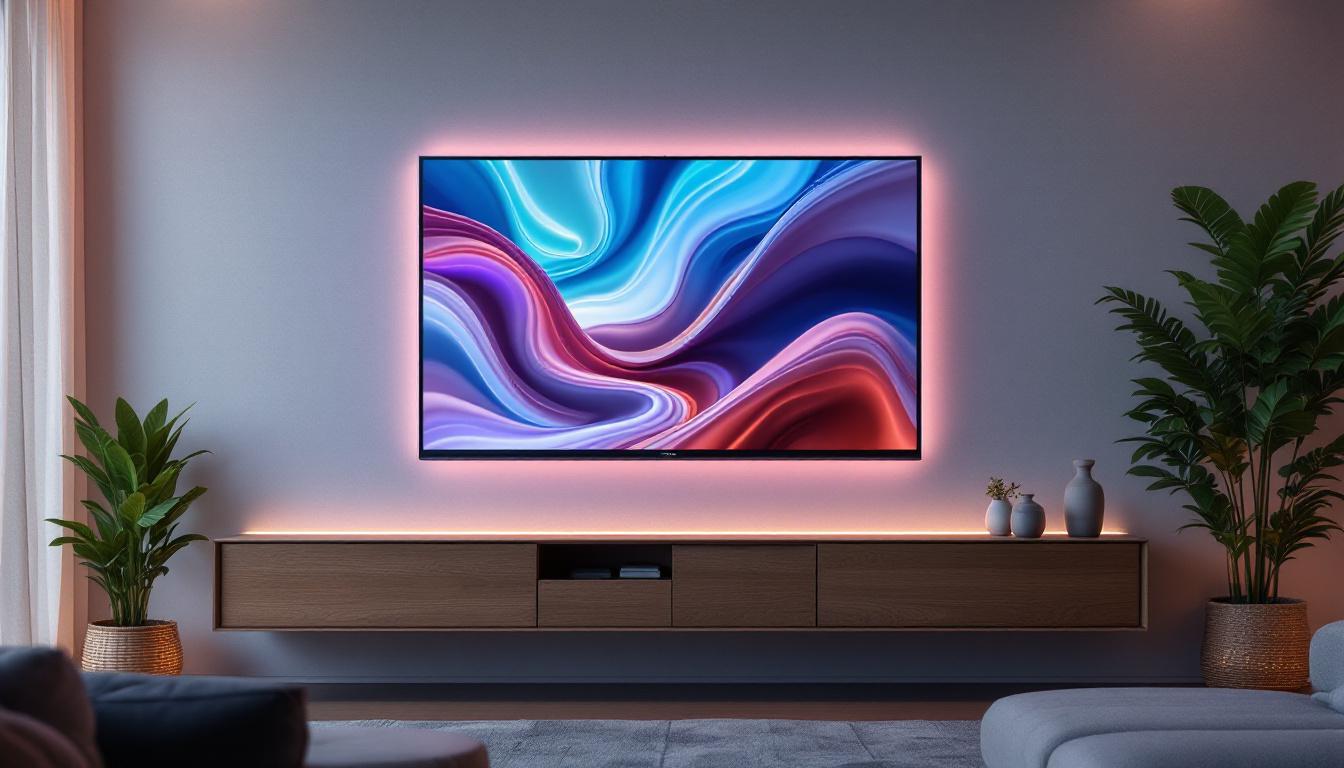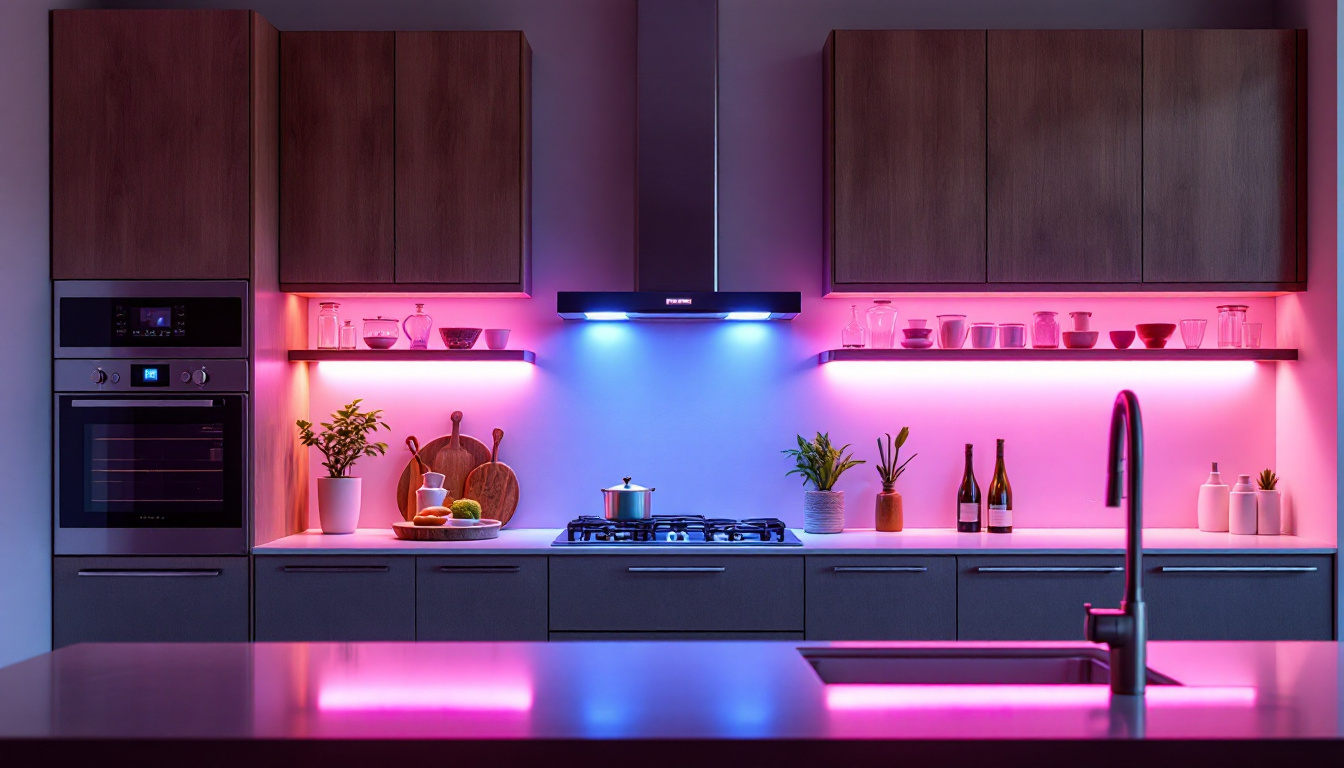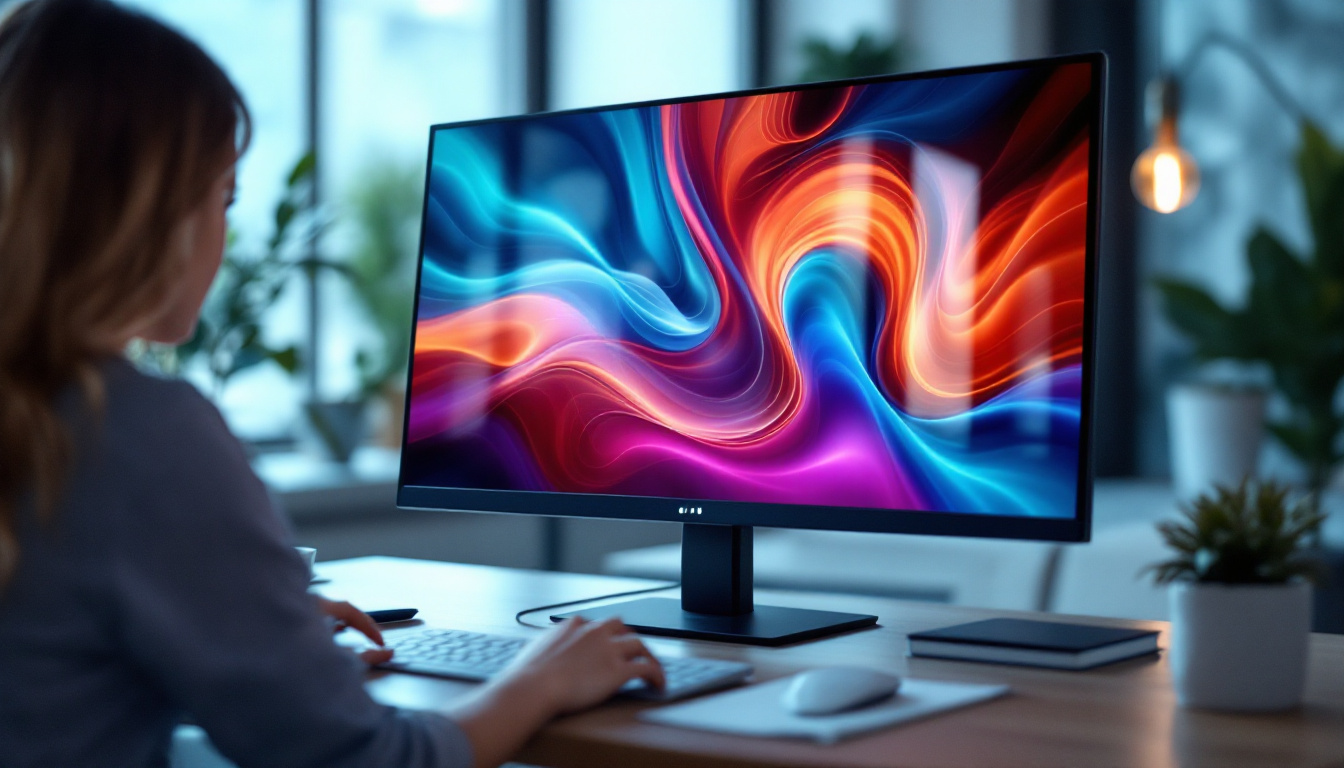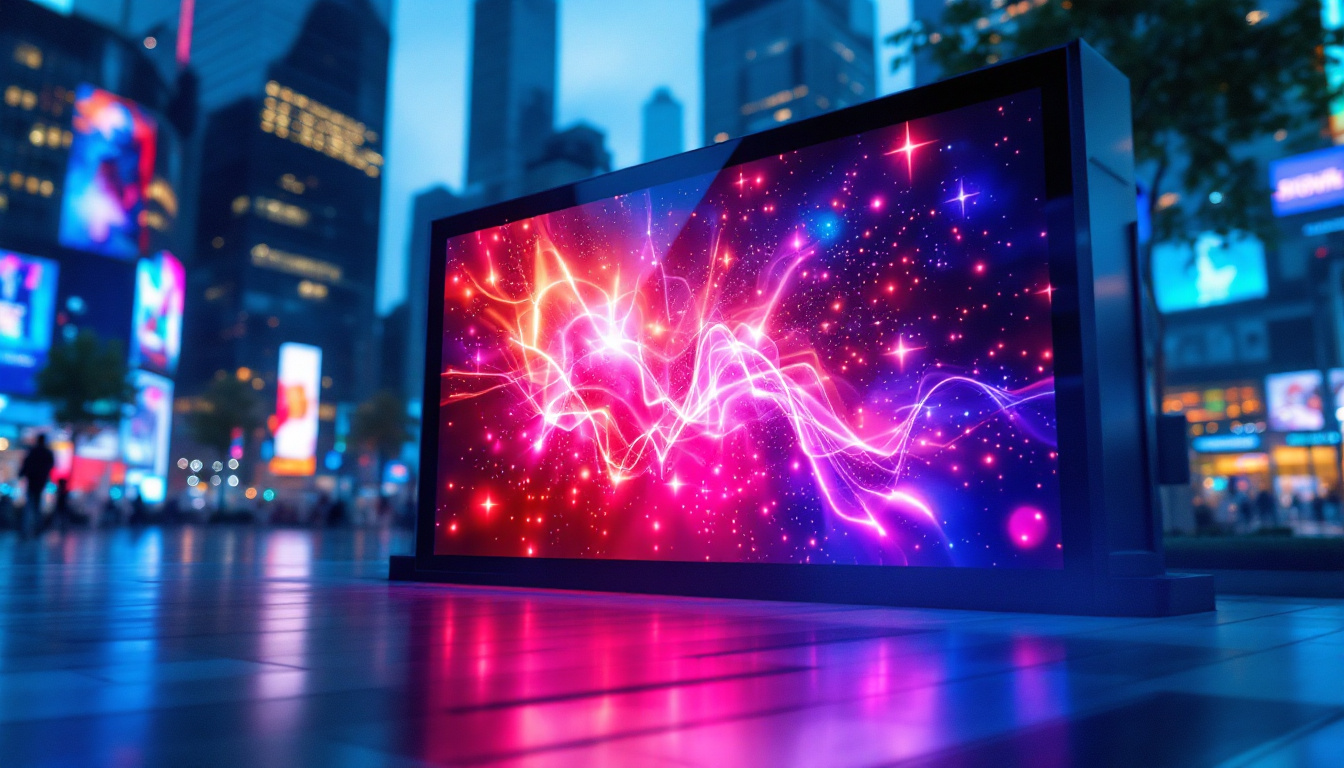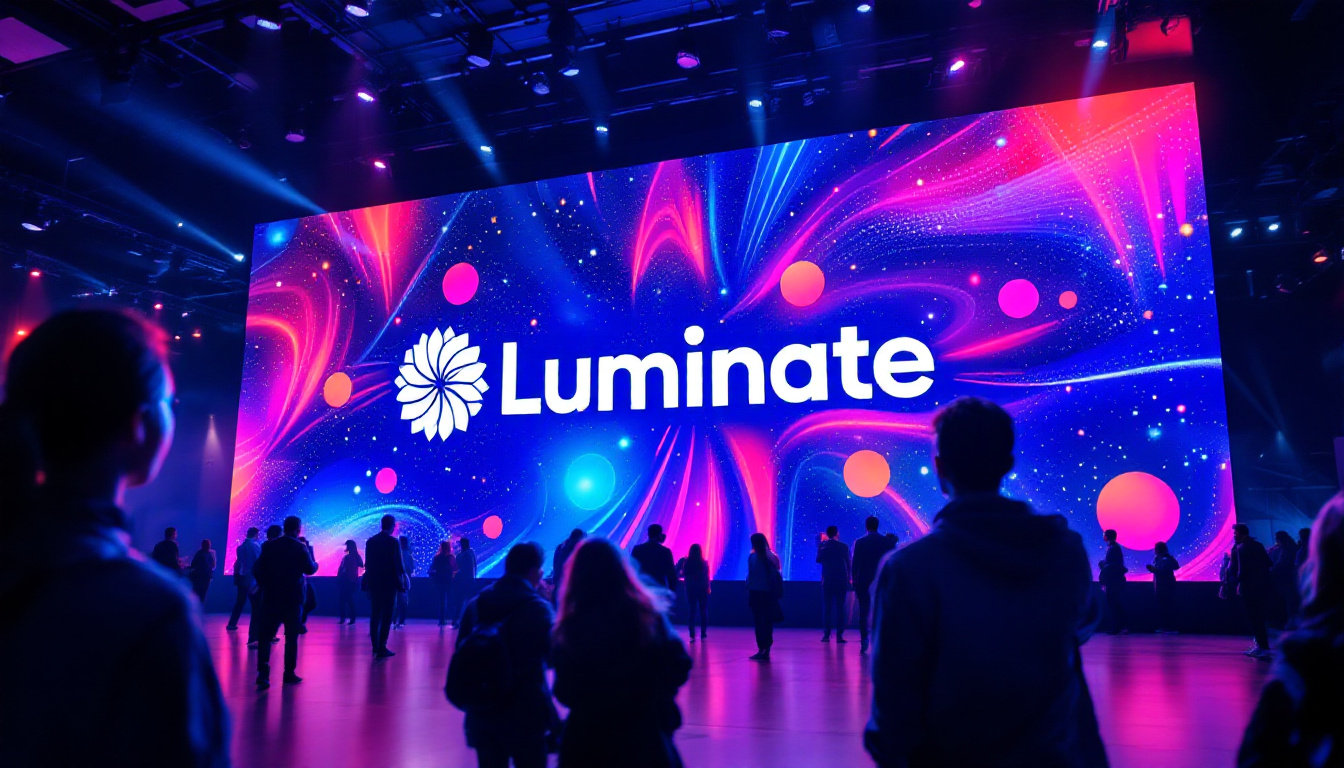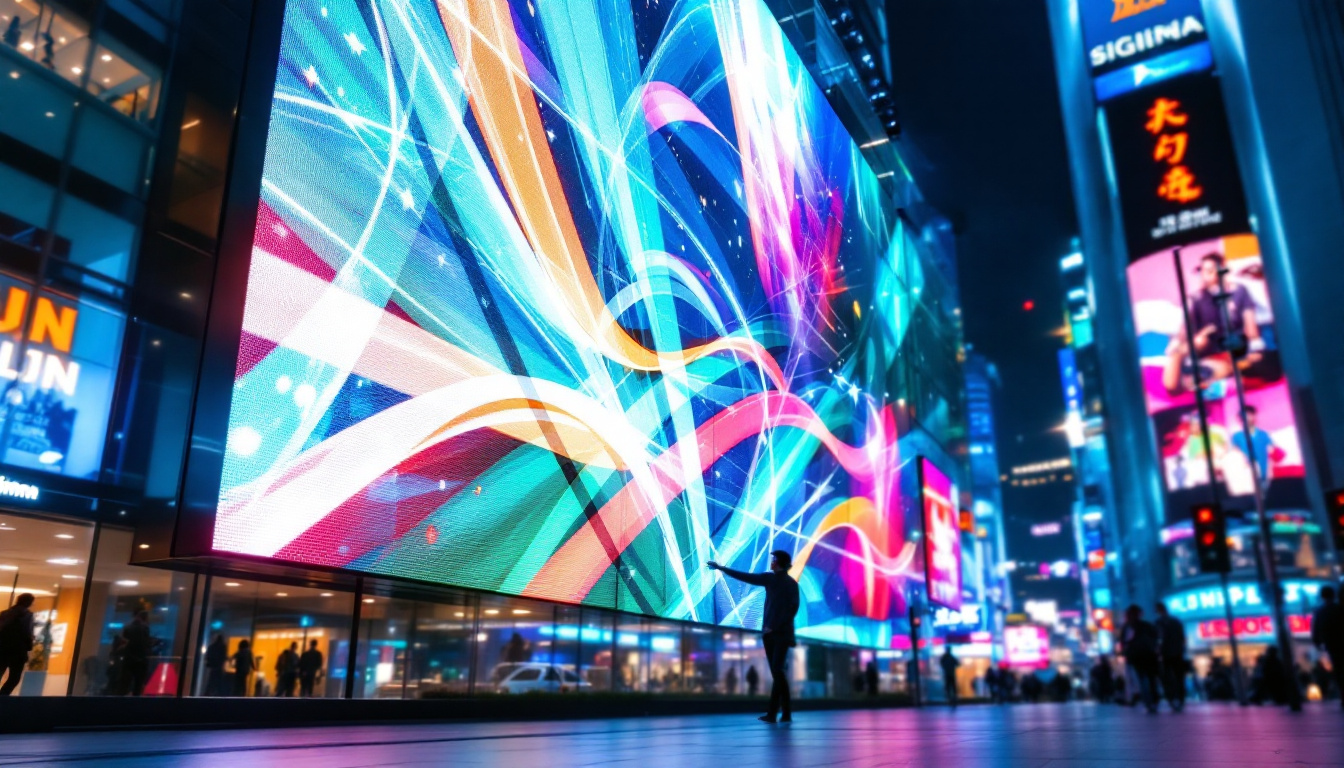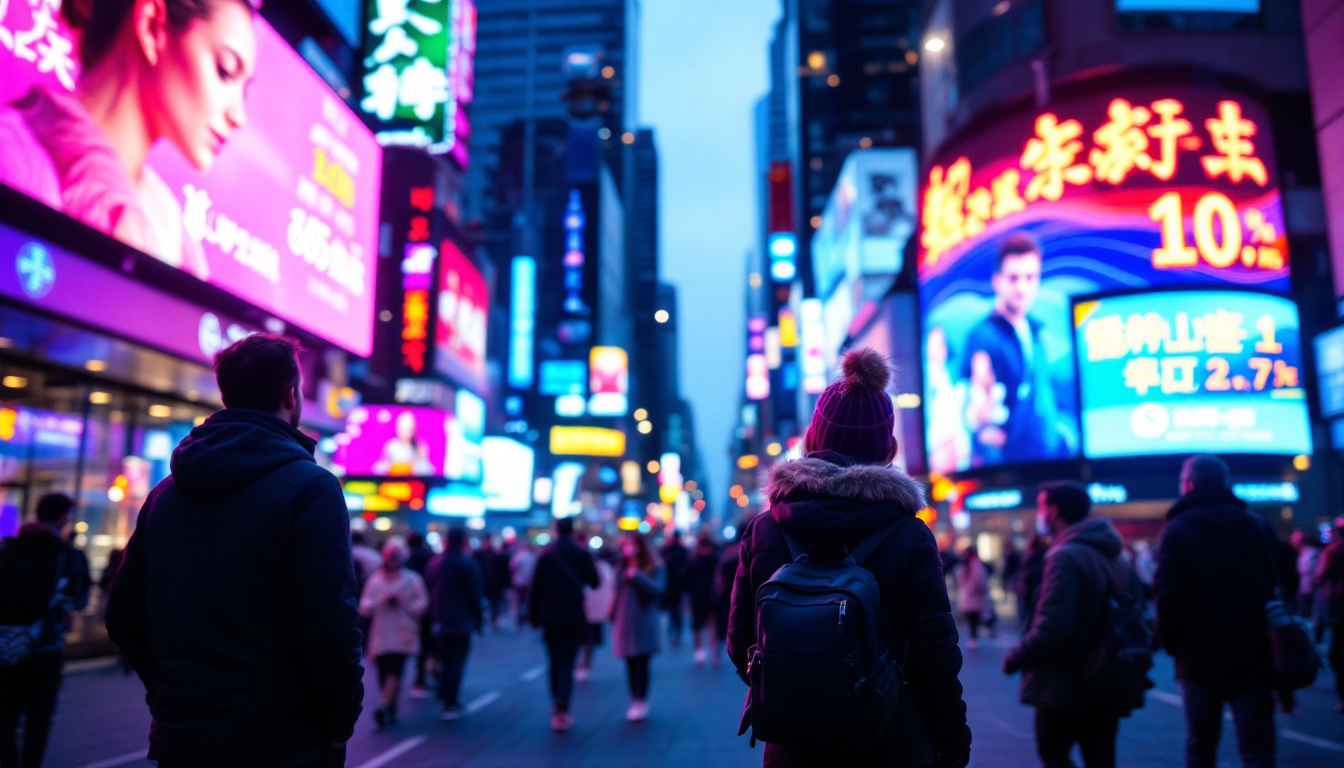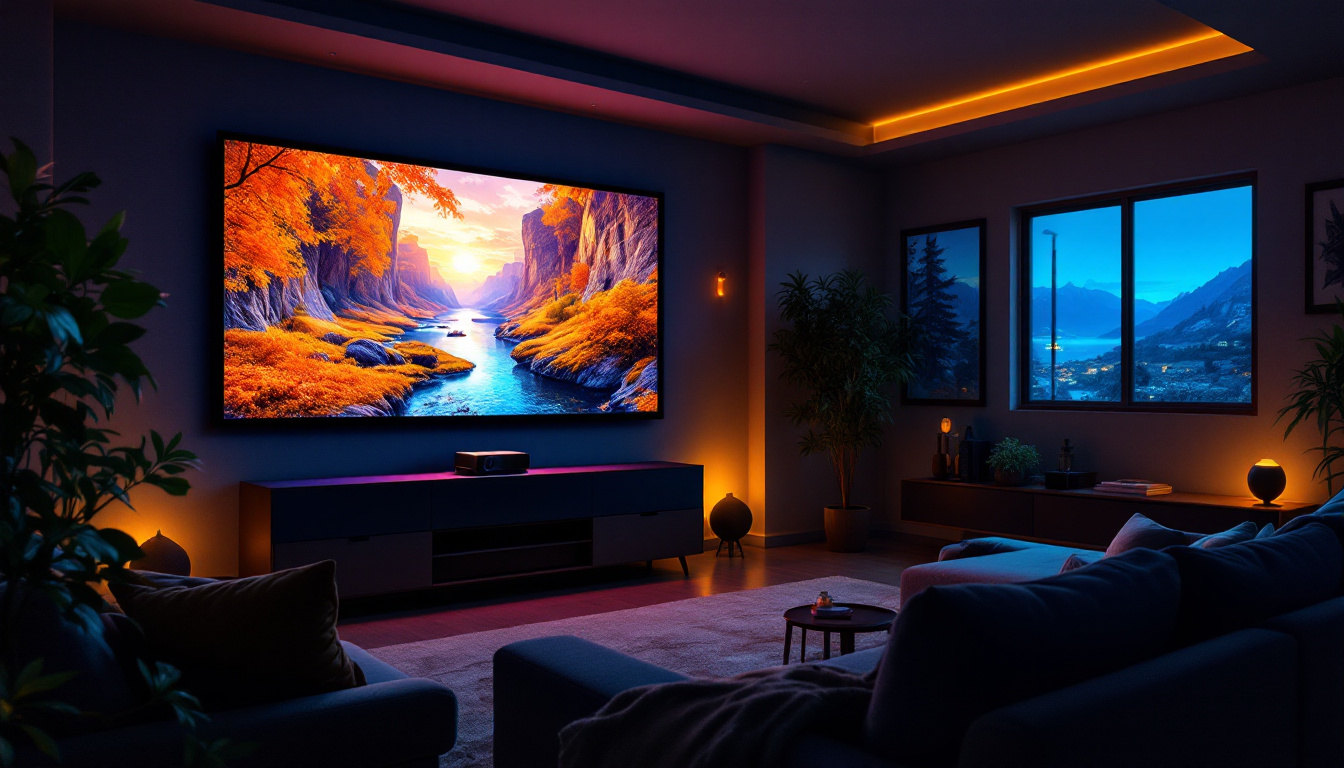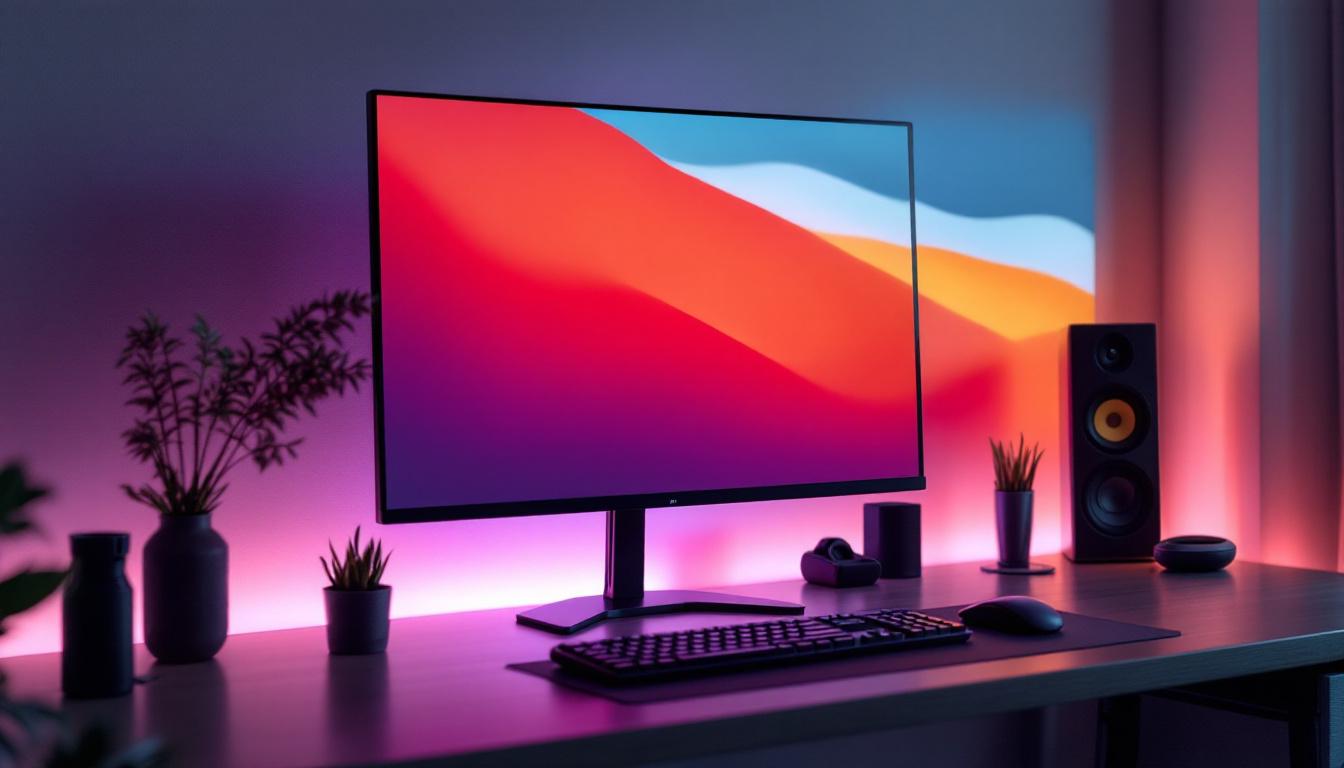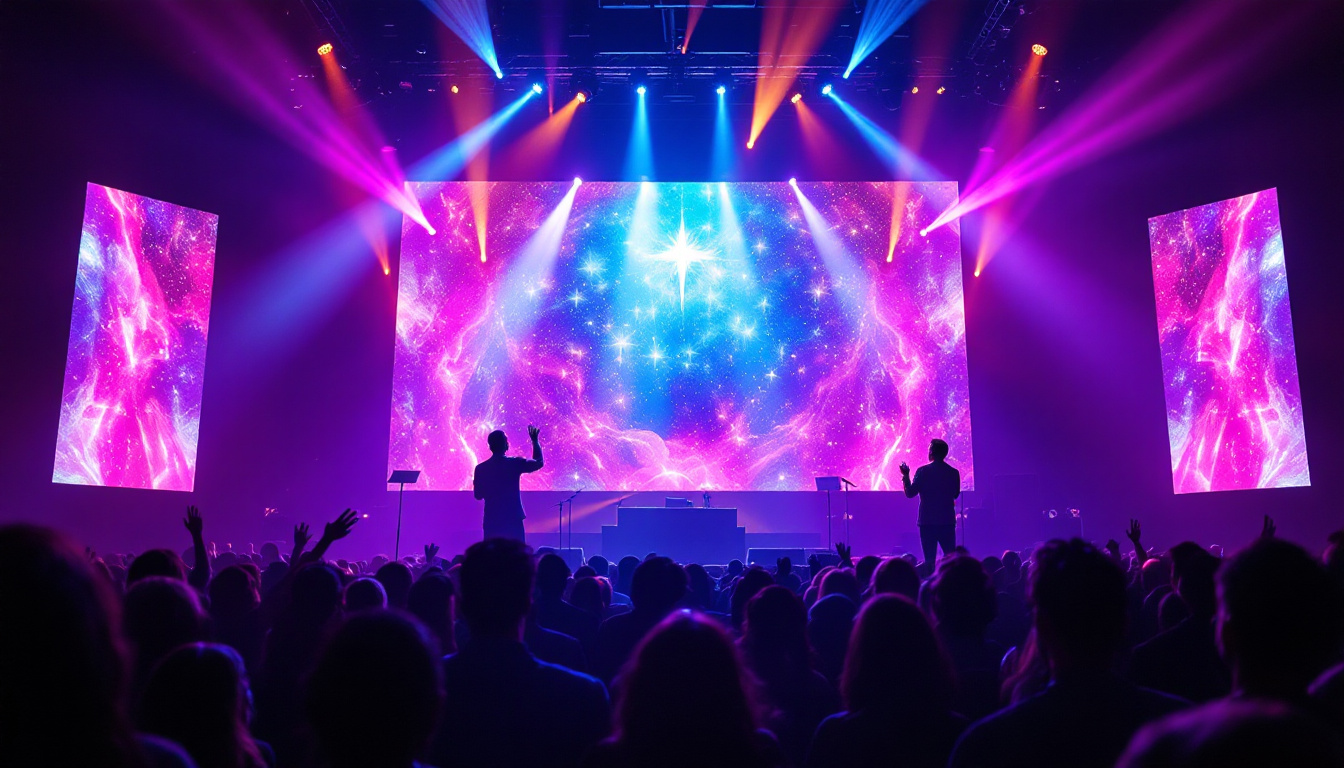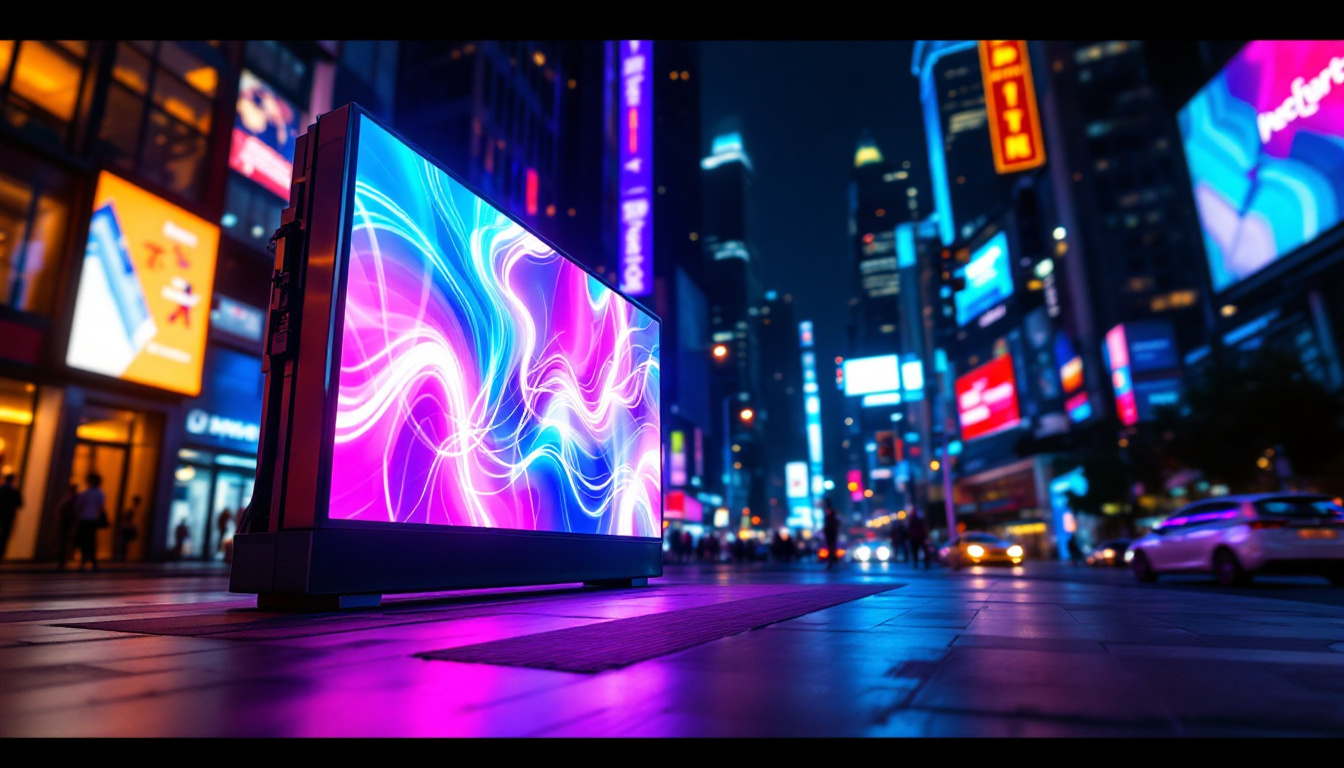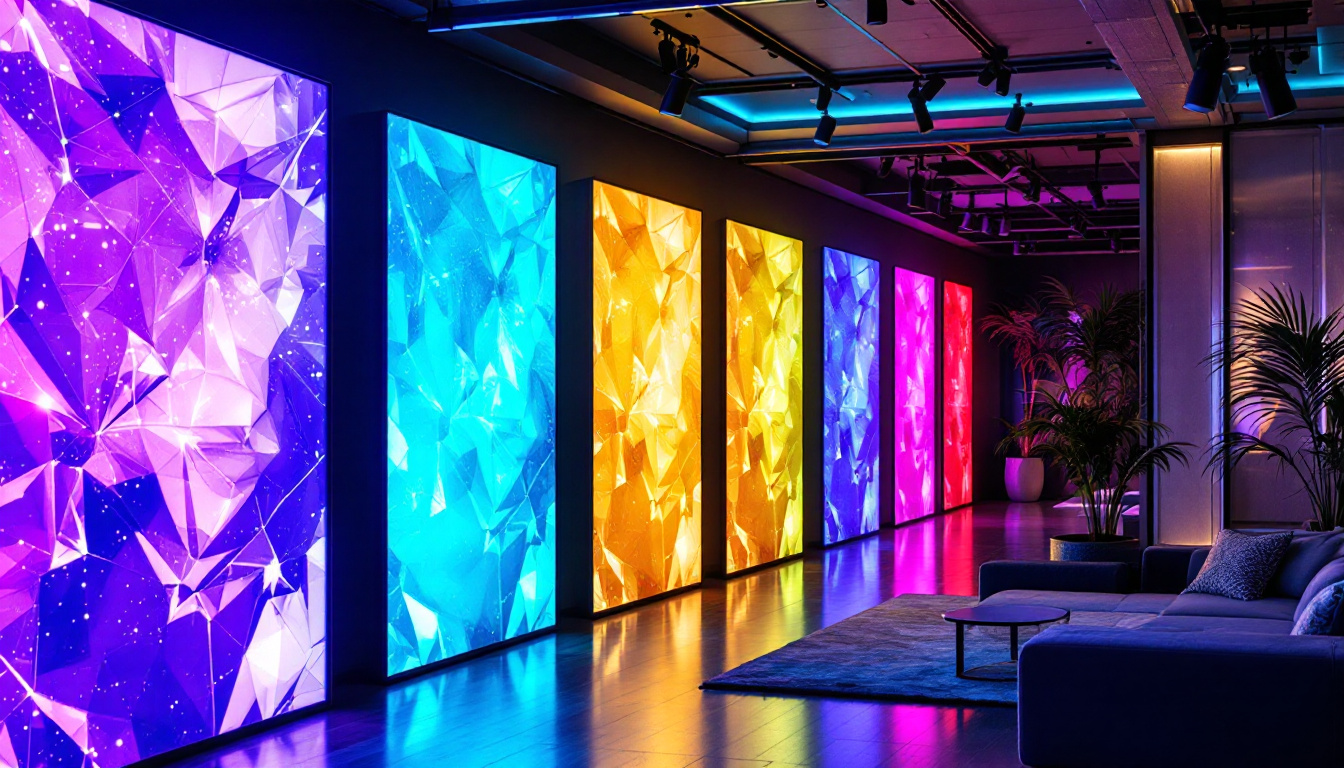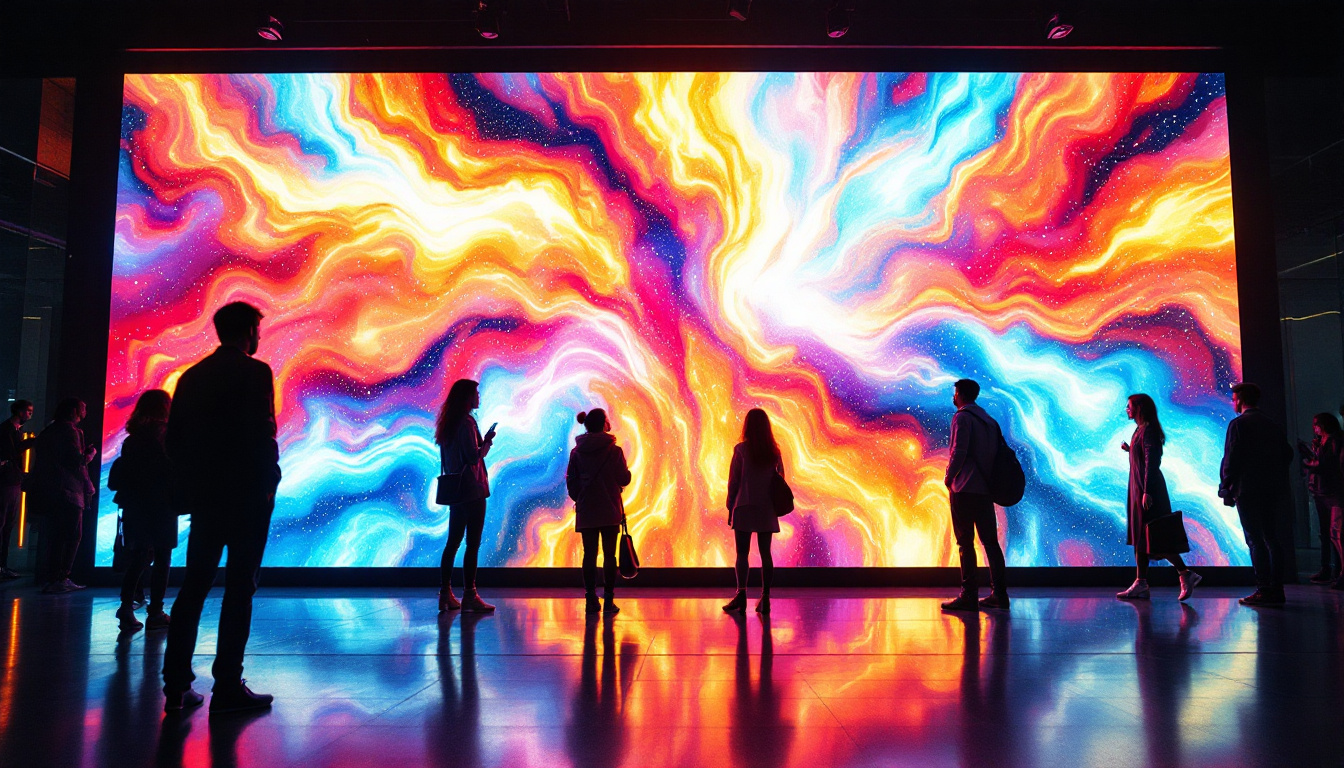Outdoor movie nights have become a popular way to gather friends and family for an unforgettable experience under the stars. Whether it’s a backyard party, a community event, or a commercial screening, the quality of the display plays a crucial role in the overall enjoyment. Traditionally, inflatable or fabric projector screens have been the go-to choice, but LED display technology is rapidly transforming the outdoor movie experience. This article explores the nuances of outdoor movie projector screens with a special focus on LED displays, explaining what they are, how they work, and why they might be the future of outdoor entertainment.
Understanding Outdoor Movie Projector Screens
Traditional Projector Screens: Pros and Cons
Outdoor movie projector screens typically consist of large fabric or inflatable surfaces designed to reflect projected images. These screens are portable, relatively affordable, and easy to set up, making them a favorite for casual outdoor movie nights. However, they come with limitations such as sensitivity to ambient light, wrinkles that can distort the image, and a dependency on the projector’s brightness and resolution.
For example, a 4,000-lumen projector paired with a 16×9 inflatable screen can deliver a decent viewing experience, but the image quality often suffers in areas with streetlights or during twilight hours. Additionally, fabric screens can be prone to damage from wind or rain, requiring careful handling and storage.
Introduction to LED Displays for Outdoor Use
LED (Light Emitting Diode) displays represent a significant technological advancement over traditional projector screens. Instead of relying on a projector to cast light onto a surface, LED screens are self-illuminating panels composed of thousands of tiny LEDs that produce their own light and color. This direct emission of light allows for brighter, sharper images that remain vivid even in daylight or semi-lit environments.
Outdoor LED displays are often modular, meaning they can be assembled in various sizes and shapes to fit different venues. Their durability and weather resistance make them ideal for outdoor use, and their ability to display high-resolution video content with vibrant colors and deep blacks offers a premium viewing experience.
Key Features of Outdoor LED Movie Screens
Brightness and Visibility
One of the most significant advantages of LED screens over traditional projector setups is their superior brightness. Outdoor LED displays can reach brightness levels upwards of 5,000 to 10,000 nits, which is exponentially higher than typical projector outputs. This intense brightness ensures that images remain clear and visible even in daylight or under street lighting, making LED screens suitable for a wider range of viewing conditions.
For context, a typical home projector might output 2,000 to 3,000 lumens, which is insufficient for bright outdoor environments. In contrast, LED screens maintain image integrity regardless of ambient light, allowing events to start earlier in the evening or even during the day.
Resolution and Image Quality
LED displays offer excellent resolution options, often matching or exceeding the quality of high-end projectors. The pixel pitch—the distance between individual LED pixels—determines the sharpness of the image. For outdoor movie screens, pixel pitches typically range from 2mm to 10mm, with smaller pitches offering crisper images suitable for closer viewing distances.
This flexibility allows event organizers to tailor the screen size and resolution to the venue and audience size. For example, a community park screening might use a larger pixel pitch for a big screen viewed from a distance, while a private backyard movie night could opt for a finer pixel pitch for intimate viewing.
Durability and Weather Resistance
Outdoor LED displays are designed to withstand the elements. Most commercial-grade LED panels come with an IP65 or higher rating, indicating protection against dust and water jets. This makes them resilient against rain, wind, and dust, which are common challenges for outdoor setups.
Moreover, LED screens are built with robust materials that resist physical damage better than fabric screens. Their modular design also allows for easy maintenance; individual panels can be replaced or repaired without dismantling the entire screen.
Comparing LED Displays to Traditional Projector Screens
Setup and Portability
Traditional projector screens are generally lightweight and portable, often inflating or unfolding within minutes. This ease of transport and setup makes them popular for casual users and small gatherings. LED screens, however, require more logistical planning due to their weight and modular assembly. They often need a dedicated crew for setup and teardown, especially for larger configurations.
That said, advances in LED technology have led to more compact and lightweight panels, improving portability. Some rental companies offer LED screens with quick-lock mechanisms and protective cases, making them more accessible for event organizers.
Cost Considerations
The upfront cost of LED displays is significantly higher than that of traditional projector screens. A high-quality outdoor LED screen can range from $10,000 to over $100,000, depending on size and resolution, whereas inflatable screens can be purchased for a few hundred dollars. Additionally, LED screens require power sources and sometimes additional equipment like controllers and processors.
However, when considering long-term use, LED screens can be more cost-effective for frequent events due to their durability and superior image quality. They also reduce the need for high-lumen projectors, which can be expensive to maintain and replace.
Image Quality and Viewing Experience
LED displays offer a consistently superior viewing experience. Their brightness, color accuracy, and contrast ratios far exceed those of projector-based systems, especially in challenging lighting conditions. This makes LED screens ideal for professional events, outdoor cinemas, and venues where image quality is paramount.
In contrast, projector screens can suffer from image washout, distortion, and limited viewing angles. While projectors can be upgraded or paired with high-gain screens to improve quality, they still cannot match the direct light emission and color vibrancy of LED panels.
Applications of Outdoor LED Movie Screens
Community and Public Events
Many cities and municipalities have embraced outdoor LED screens for public movie nights, festivals, and sports broadcasts. Their ability to deliver bright, clear images in various lighting conditions makes them perfect for large, diverse audiences. For instance, summer film series in urban parks often rely on LED displays to ensure visibility despite street lighting and ambient noise.
Additionally, LED screens can be used for dynamic content beyond movies, including advertisements, event schedules, and interactive features, enhancing community engagement.
Commercial and Professional Use
Outdoor LED screens are increasingly popular in commercial settings such as drive-in theaters, concert venues, and corporate events. Their high-quality visuals and reliability justify the investment for businesses looking to create memorable experiences. For example, drive-in theaters equipped with LED screens can offer daytime screenings or events during twilight hours, expanding their operational window.
Corporate events benefit from the versatility of LED displays, which can be customized in size and shape to fit branding and presentation needs, delivering a polished and professional look.
Private and Residential Use
While still a premium option, LED movie screens are becoming more accessible for private homeowners who want to elevate their outdoor entertainment. Backyard cinemas equipped with LED displays provide an immersive experience that rivals indoor theaters. The durability and weather resistance also mean that these screens can be left set up for longer periods without concern.
For private use, smaller LED panels with finer pixel pitches are ideal, offering crisp images at a reasonable cost. Integration with smart home systems and wireless content streaming further enhances convenience.
Choosing the Right Outdoor LED Movie Screen
Assessing Venue and Audience Size
The first step in selecting an LED screen is understanding the venue and the expected audience size. Larger venues require bigger screens with higher brightness to ensure visibility from all angles. Conversely, intimate settings benefit from smaller, higher-resolution panels that provide sharp images up close.
Consider the viewing distance as well; a screen that is too large or too small can negatively impact the viewing experience. As a rule of thumb, the optimal screen width should be approximately one-third to one-half of the viewing distance.
Evaluating Pixel Pitch and Resolution
Pixel pitch directly affects image clarity. Smaller pixel pitches (2-4mm) are suitable for close viewing distances, while larger pitches (6-10mm) work well for audiences further away. Balancing resolution with budget is crucial, as finer pixel pitches increase cost but improve image quality.
High-resolution LED screens are essential for displaying detailed movie content, especially for films with intricate visuals or text. Ensure the screen supports at least Full HD (1080p) resolution, with 4K becoming increasingly common for premium setups.
Considering Environmental Factors
Environmental conditions such as weather, ambient light, and wind must be factored into the decision. Look for LED screens with high IP ratings for water and dust resistance, and verify that the screen can handle temperature fluctuations typical of the location.
Additionally, consider the power requirements and whether the venue has easy access to electricity. Some LED screens can be powered by generators or battery packs, providing flexibility for remote locations.
Future Trends in Outdoor LED Movie Screens
Advancements in LED Technology
LED technology continues to evolve rapidly. Innovations such as MicroLED and MiniLED promise even greater brightness, energy efficiency, and color accuracy. These advancements will make outdoor LED movie screens more affordable, compact, and visually stunning.
Moreover, improvements in modular design and wireless connectivity will simplify setup and content management, making LED screens accessible to a broader range of users.
Integration with Smart and Interactive Features
Future outdoor LED screens are expected to integrate more interactive elements, including touch capabilities, augmented reality, and real-time social media feeds. These features will transform passive movie watching into immersive, engaging experiences.
Smart controls will also enable seamless content switching, remote troubleshooting, and adaptive brightness adjustments based on ambient light, enhancing convenience and performance.
Sustainability and Energy Efficiency
As environmental concerns grow, LED manufacturers are focusing on sustainability. New LED screens consume less power and use eco-friendly materials, reducing the carbon footprint of outdoor events. Solar-powered LED screens are also emerging, offering off-grid solutions for remote locations.
These trends align with the increasing demand for green event planning and responsible entertainment practices.
Conclusion
Outdoor movie projector screens have come a long way from simple fabric surfaces to advanced LED displays that deliver unparalleled brightness, durability, and image quality. While traditional projector screens remain popular for their affordability and portability, LED displays offer a premium viewing experience that is hard to match, especially in challenging outdoor environments.
Choosing the right outdoor LED movie screen involves assessing venue size, audience distance, resolution needs, and environmental factors. As LED technology advances and becomes more accessible, it is poised to redefine outdoor entertainment, making movie nights brighter, clearer, and more immersive than ever before.
Whether for community events, commercial venues, or private gatherings, investing in an outdoor LED movie screen can elevate the cinematic experience and create lasting memories under the open sky.
Illuminate Your Outdoor Movie Nights with LumenMatrix
Ready to take your outdoor entertainment to the next level? Discover LumenMatrix’s innovative LED display solutions, designed to bring your movie nights to life with exceptional brightness, clarity, and durability. As a leader in LED technology, LumenMatrix offers a wide range of products, from Outdoor LED Wall Displays to Custom LED Displays, ensuring your next event captivates and dazzles your audience. Don’t settle for less—check out LumenMatrix LED Display Solutions today and transform your space into a memorable cinematic experience.

